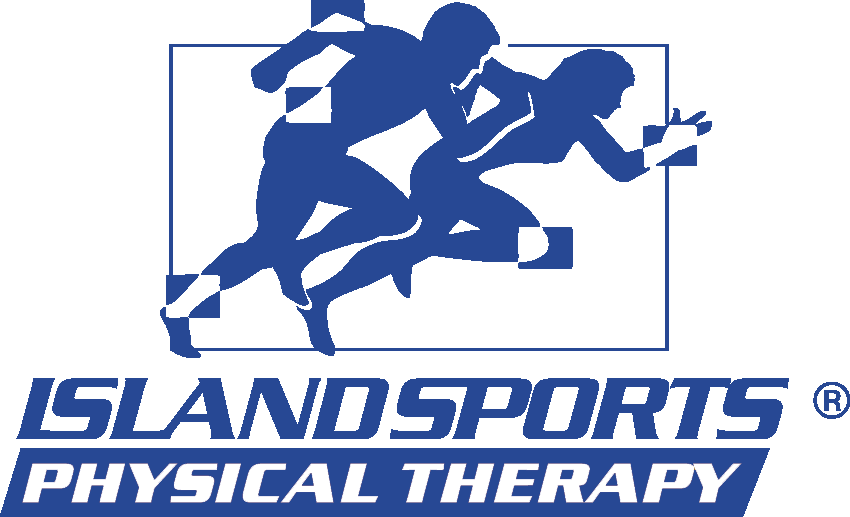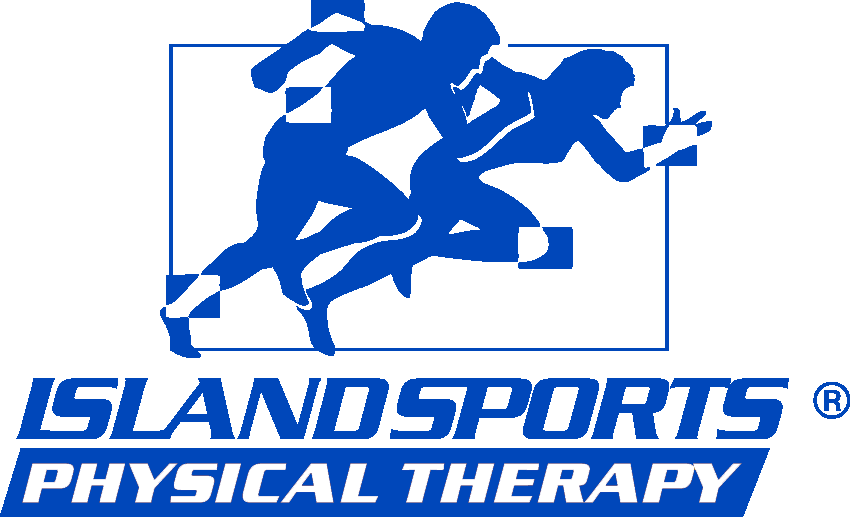How to Do a Proper Warmup/Cooldown When Exercising
How to Do a Proper Warmup/Cooldown When Exercising
Exercising is a great physical activity, but it is just as important to warm up before and cool down after you perform your exercise as it could even help prevent you from injury. Warmups and cooldowns are also said to improve athletic performance, although there is no actual evidence. There is some controversy to these exercises, but they also don’t pose any risks to the user as well. Some people don’t prefer to do them because it takes time the hat some don’t have, but all it takes is a few extra minutes that could help you out in the long run.
Warmups usually involve performing the activity you are about to do at a slower pace and with reduced intensity. Warming up before the main exercise gets the body’s cardiovascular system working, and it also dilates the blood vessels ensuring that the muscles are well supplied with oxygen, and ready to perform physical activity. When preparing to do a warmup, you should focus on the larger muscles first, like hamstrings or quads, and go from there to the specific muscles you will use in your activity. It’s normal to start sweating a little while warming up, but you won’t feel fatigued and exhausted, that will most likely come after the main exercise.
Cooldowns are just like warm-ups, but you are in gradual recovery and the key is to lower your heart rate and blood pressure. The cooldown should last just as long as a warmup (5-10 minutes) to get you ready for the exercise as going at a slower pace will help bring your heart rate down gradually and you won’t feel like you will want to pass out right after exercise.
It is common to think that stretching and warmups/cooldowns are the same thing, but they actually are two separate things. Stretching should come after warmups/cooldowns when your muscles are still warm. Stretching can improve your range of motion against a joint and improve flexibility as well, thus improving performance too. Stretching also reduces the buildup of lactic acid which can lead to muscle cramps and stiffness.
Warm-ups and cooldowns when exercising will help loosen you up, as well as possibly preventing injury and help with your performance. It doesn’t take that much extra time to perform, plus you’re helping yourself out by helping your body. Try walking to and from the gym if it is close enough, that’s an easy way to warm up and cool off after hitting the gym. Stretching is helpful as well, but combining the three could really help you out, and make you feel better after a good workout!


